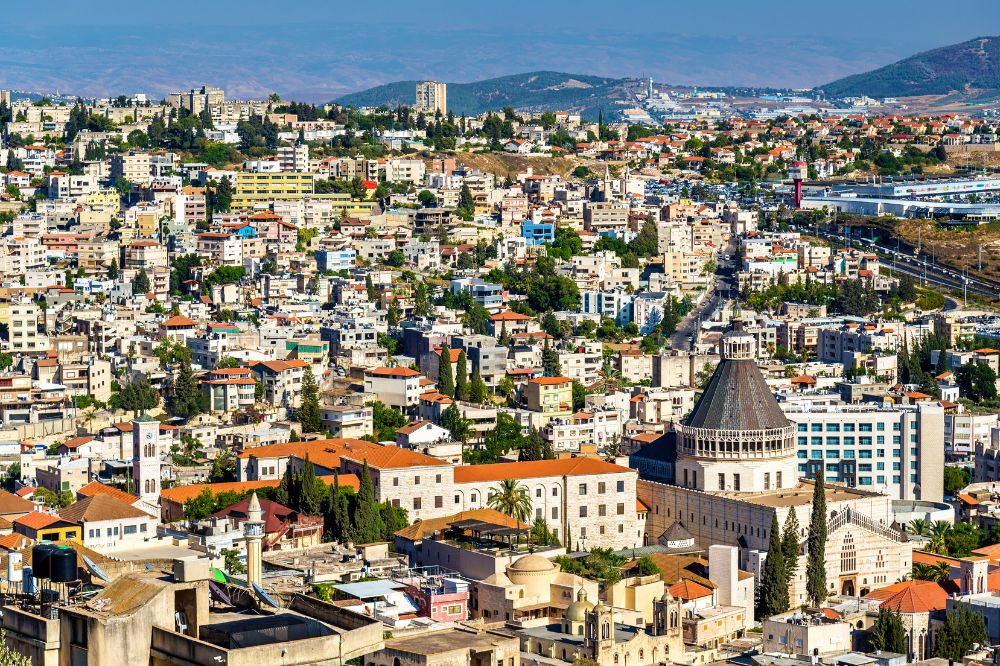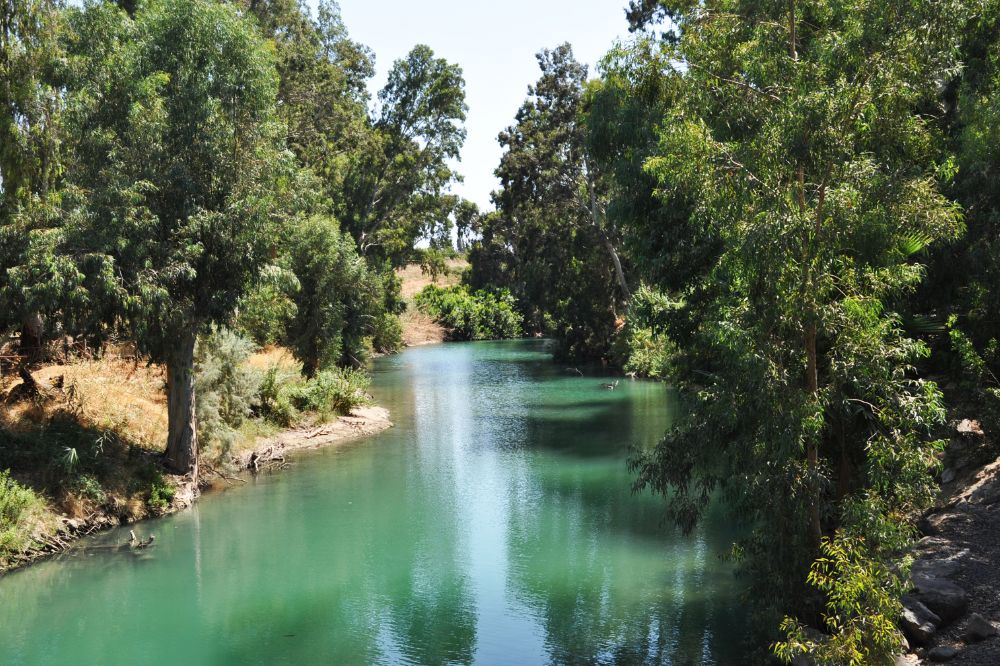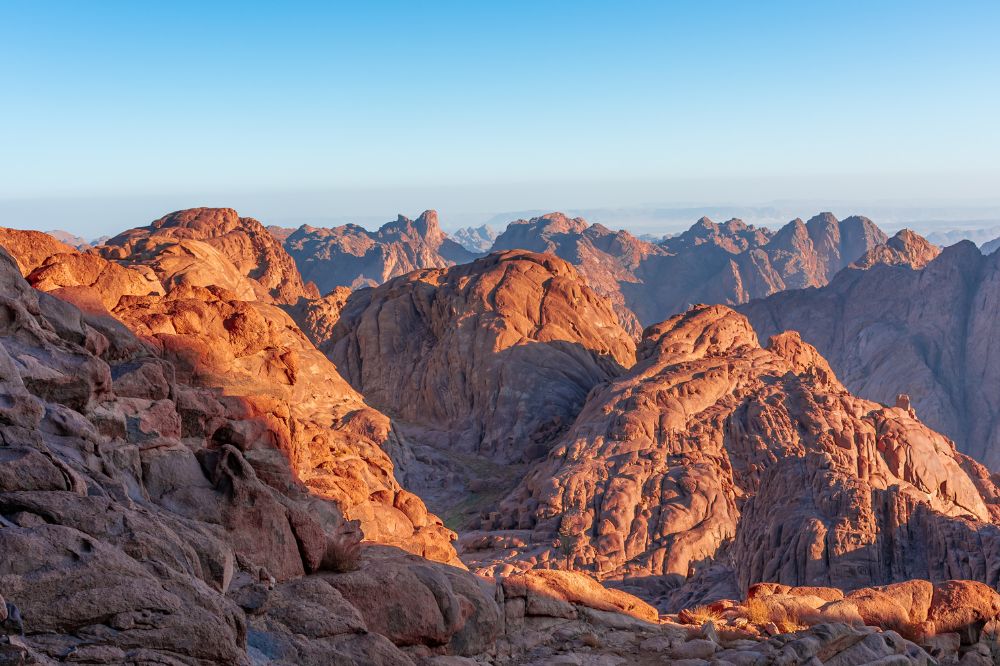
In the Judeo-Christian tradition, the Promised Land is a central concept that represents the divine promise of a place of blessing and inheritance for the chosen people. This territory, symbolized by ancient Canaan, is a symbol of hope, renewal, and the fulfillment of God’s promises.
From the earliest narratives in Genesis to the stories of conquest and the establishment of kings, the Promised Land has been a recurring theme that has inspired and strengthened the faith of generations. Below, the history, spirituality, and importance of this sacred territory will be explained in depth.

In the historical and biblical context, the Promised Land represents the place that God promised to Abraham and his descendants as an eternal inheritance. It symbolizes the faithfulness of the supreme being towards his people and the realization of his promises throughout history.
In the biblical account, the promise to Abraham in Genesis establishes the foundations of the promised territory as a divine covenant. Its theological significance is profound, representing the commitment of God to bless, protect, and guide Israel.
This sacred territory is a testimony to God’s faithfulness, reflecting his love, provision, and the hope of a life under his grace and favor. The promise implied the possession of a physical land and also the guarantee of divine presence and protection for the people of Israel.
So, what is the Promised Land according to the Bible? It consists of a symbol of the special relationship between God and his people, based on faith and obedience.
The Exodus and the Conquest of Canaan represent key moments in the history of Israel. After their liberation from slavery in Egypt, the Israelites embarked on a journey to the promised territory, led by a great leader.
What Moses did throughout this journey was fundamental for the formation and faith of the people of Israel. After decades of wandering in the desert, the community finally reached the borders of the sacred land.
The Conquest of Canaan under the leadership of Joshua, Moses’ successor, marked the culmination of this journey, symbolizing the realization of the divine promise and the entry into the sacred territory.
Once settled in the promised place, the people of Israel experienced periods of prosperity and difficulty under the leadership of various Kings and Prophets. Figures like David and Solomon are highlighted for their role in consolidating the territory and building the Temple in Jerusalem.
The Prophets, on the other hand, called the people to repentance and reminded them of their duty to maintain the divine covenant. These leaders participated in the consolidation of the territory, establishing a unified kingdom and promoting the worship of God.
The Promised Land, throughout biblical history, is much more than a simple geographical place. It is a symbol of God’s faithfulness and hope for his people. Through the challenges and triumphs of the journey to this site, believers find inspiration to persevere in their own journey of faith and trust in divine promises.

The Promised Land, situated in the heart of the Middle East, is a territory that has witnessed transcendental events in religious history. Its mountainous, desert, and riverine geography has served as the setting for biblical narratives that have shaped the faith of millions of believers around the world.
The Jordan River, which flows along the eastern border of the promised territory, is a place of great significance in biblical history and Christian faith. It was in the waters of the Jordan that John the Baptist baptized Jesus, marking the beginning of his earthly ministry.
Additionally, the crossing of the Jordan by the people of Israel, under the leadership of Joshua, symbolizes the entry into the Promised Land and the fulfillment of God’s promises.
Mount Sinai is recognized as the place where Moses received the Ten Commandments directly from God. This transcendental event in biblical history established the moral and ethical foundations for the people of Israel and has been a basic pillar in the Judeo-Christian tradition.
This place, therefore, represents the direct connection between the divine and the human, between law and faith.

In this site of miracles and prophecies, three places stand out as pillars of faith and renewal:
The history of pilgrimages to the Promised Land is as ancient as the faith that nurtures it. Over the centuries, millions of believers have embarked on journeys to this sacred territory in search of inspiration and spiritual connection.
Pilgrimages in this place have deep roots in Jewish, Christian, and Islamic religious traditions. Since ancient times, numerous faithful have organized journeys to visit the sites where sacred events occurred and where revered prophets and saints rest.
In the modern era, Catholic pilgrimages to this path continue to be a transcendent experience for many believers. Although times and circumstances have changed, the call to walk the site where much of religious history was written still holds its power and significance.
Preparations for a pilgrimage to the Promised Land require careful planning. Modern pilgrims should consider a variety of practical aspects before embarking on their spiritual journey:
During a pilgrimage, visitors can expect a rich experience of visiting sacred places, participating in religious rituals, and moments of deep reflection and prayer. Each day of the pilgrimage is filled with opportunities to connect with spiritual history and experience the divine presence uniquely and personally.
Pilgrims can engage in activities such as:

The Promised Land, besides its geographical significance, is a concept deeply rooted in the theology and spirituality of various religious traditions. Hence the importance of exploring this theme.
For Christians, this is a powerful symbol of the divine guarantee and the hope this promise inspires. In the Old Testament narratives, the delivery of the Land of Canaan to Abraham and his descendants is described.
Likewise, Jesus’s teachings about the Kingdom of God as a present and future reality are events that marked history. Ultimately, the promised territory represents the realization of divine promises and the fulfillment of the hopes of believers.
Visiting the Promised Land is a deeply transformative experience for many believers. It offers the opportunity to walk in the footsteps of the patriarchs, prophets, and saints of faith. This encounter with sacred history and the divine presence can renew the faith and hope of pilgrims in unexpected and powerful ways.
For pilgrims venturing to the Promised Land, it is necessary to be prepared and well-informed. Here are some practical solutions and tips that can facilitate the spiritual journey.
Religious tourism in the Promised Land benefits pilgrims and local populations that depend on this activity for their livelihood. It is essential to support such communities by:
By following these practical tips and demonstrating respect and solidarity towards local communities, pilgrims can enrich their experience and contribute to the well-being of those who call it home.
Stay Connected with WayHoly
Discover your perfect pilgrimage and be the first to know about new journeys. By subscribing to our newsletter, you’ll receive the latest updates on pilgrimages, exclusive offers, and spiritual resources to enrich your faith journey.
Don’t miss the opportunity to deepen your connection with God and lead others on their path to spiritual renewal. Join us today and become an instrument of His Will through WayHoly!
“To upload your pilgrimage, please choose one of our plans and create an account, or log in if you’re already a member. Join us in guiding others on their spiritual journey.”